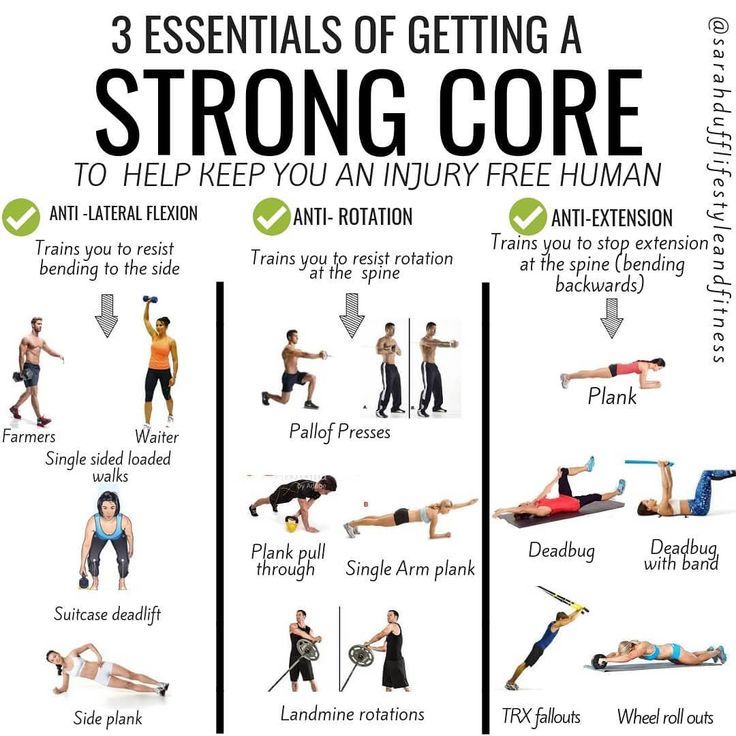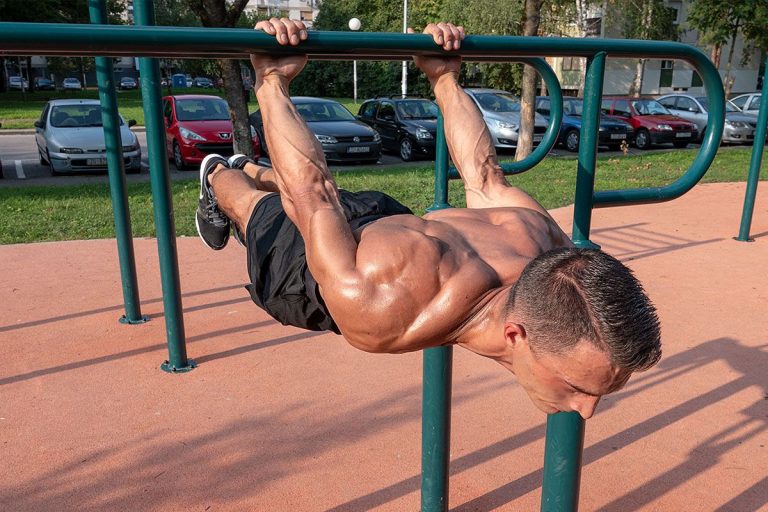In today’s fitness landscape, there are multiple options available when it comes to choosing a training regimen. Two popular choices that often create a divide among fitness enthusiasts are CrossFit and traditional training methods. CrossFit, known for its high-intensity workouts, and traditional training, characterized by a more structured approach, both have their unique advantages and drawbacks. In this article, we will explore the pros and cons of CrossFit and traditional training, helping you make an informed decision about which approach aligns best with your fitness goals.
CrossFit: Pros
Variety and Community: CrossFit workouts offer a vast array of exercises, incorporating elements from weightlifting, cardio, and gymnastics. This variety keeps the workouts engaging and challenging. Additionally, the CrossFit community fosters a sense of camaraderie, motivating individuals to push beyond their limits.
Functional Fitness: CrossFit emphasizes functional movements, aiming to enhance your ability to perform everyday tasks more efficiently. This approach can be particularly beneficial in real-life scenarios, improving agility, coordination, and overall physical capabilities.
Efficiency: CrossFit workouts are typically high-intensity and time-based, packing a significant workout into a shorter timeframe. This aspect can be advantageous for individuals with busy schedules, allowing them to achieve effective results in a limited period.
Competition: CrossFit has cultivated a competitive environment through its annual CrossFit Games. For those who thrive on competition, participating in local competitions or pushing oneself to beat personal records can provide an extra sense of motivation and drive.
CrossFit: Cons
Higher Risk of Injury: Due to the intensity and fast-paced nature of CrossFit workouts, the risk of injury may be heightened, especially for participants with poor form or limitations in mobility. Proper coaching, attention to technique, and gradual progression are crucial to mitigate this risk.
Expensive: CrossFit programs often come with a higher price tag compared to traditional gym memberships. The cost is due to the smaller class sizes, expert coaching, and additional equipment required to facilitate CrossFit-style workouts.
Less Customization: In CrossFit, workouts are generally designed to be inclusive, targeting a broad range of individuals. While this can be beneficial for a majority of people, those with specific goals or specialized needs may find it challenging to customize their training entirely.
Overemphasis on Intensity: While high-intensity workouts can deliver excellent results, CrossFit’s focus on intensity may neglect certain areas of fitness, such as flexibility and mobility. Supplementing CrossFit training with dedicated mobility exercises can help address this concern.
Traditional Training: Pros
Structured Progression: Traditional training typically follows a well-structured program tailored to an individual’s goals and capabilities. This approach allows for gradual progression, minimizing the risk of injuries and ensuring consistent improvement over time.
Specific Goal Targeting: Traditional training enables individuals to focus on specific aspects of fitness, whether it be strength, endurance, or aesthetics. By tailoring exercises and rep schemes, traditional training can help individuals achieve their specific fitness objectives more effectively.
Flexible and Cost-Effective: Traditional training can be adjusted to fit individual schedules and budgets. Basic gym memberships are generally more affordable than specialized CrossFit programs, making traditional training a budget-friendly option. Moreover, traditional training can easily adapt to various training environments, including home workouts or commercial gyms.
Individualized Approach: Traditional training allows trainers or trainees to focus on specific weaknesses, imbalances, or injuries, tailoring exercises to address those concerns. This personalized approach promotes long-term sustainability and wellbeing.
Traditional Training: Cons
Monotonous: Traditional training can sometimes lack the variety and excitement offered by CrossFit-style workouts. For individuals who thrive on constant variation and new challenges, traditional training methods may become tedious over time.
Limited Community: Unlike CrossFit, which often thrives on a lively community, traditional training can sometimes lack the social aspect. This can potentially reduce motivation and make workouts feel less enjoyable for those seeking a strong community connection.
Longer Workouts: Due to the structured and often longer rest periods between sets, traditional training sessions may require a larger time commitment than CrossFit workouts. Individuals with busy schedules may find it challenging to allocate enough time for comprehensive traditional training sessions.
Conclusion
Choosing between CrossFit and traditional training ultimately comes down to personal preferences, fitness goals, and individual considerations. CrossFit offers a dynamic and community-driven approach, while traditional training allows for more customization and structured progression. It’s essential to carefully weigh the pros and cons of each method and consider consulting with fitness professionals to determine which training approach aligns best with your aspirations. Remember, the most effective training regimen is the one you enjoy and are most likely to follow consistently, leading to long-term health and fitness success.











